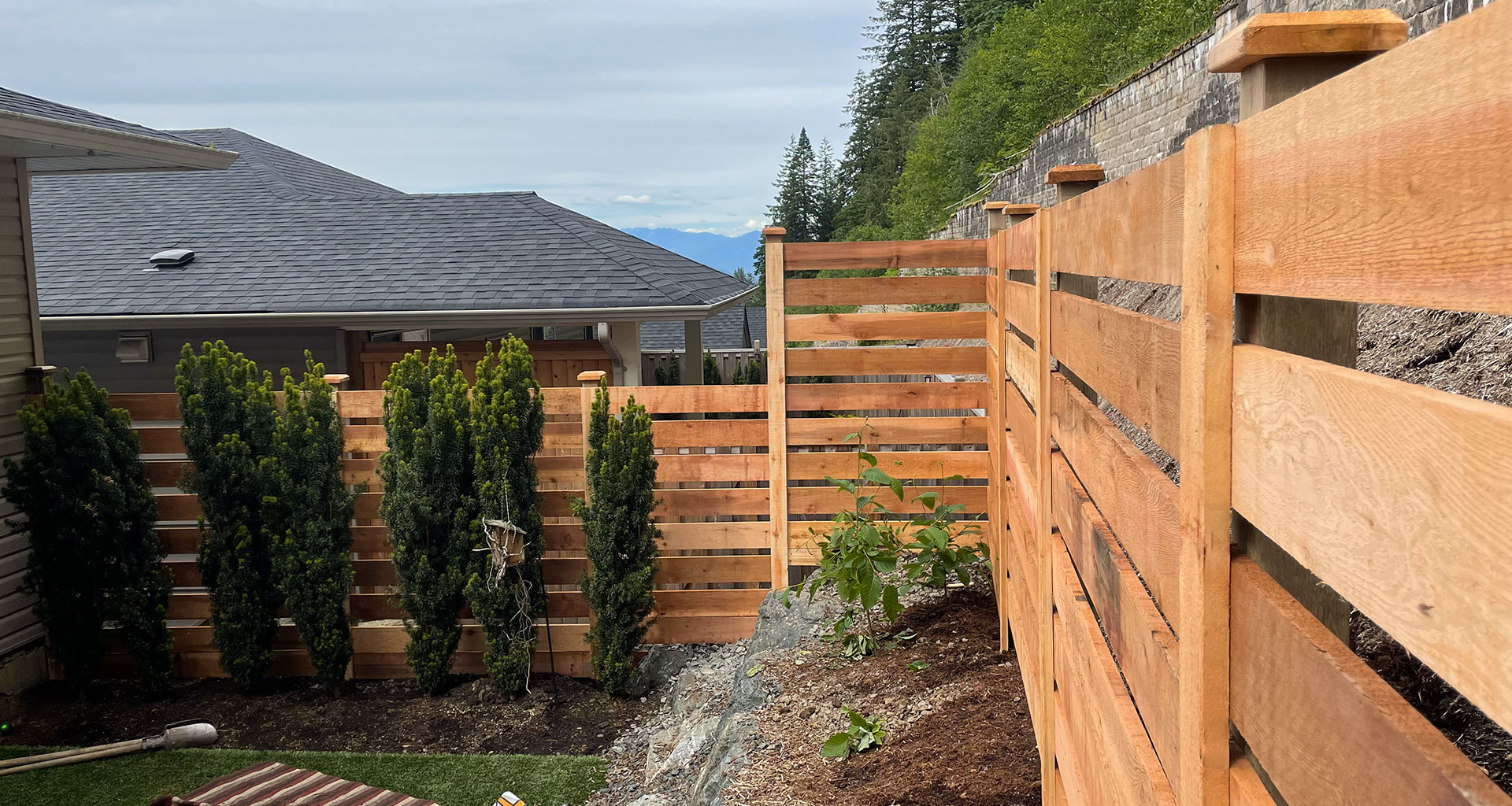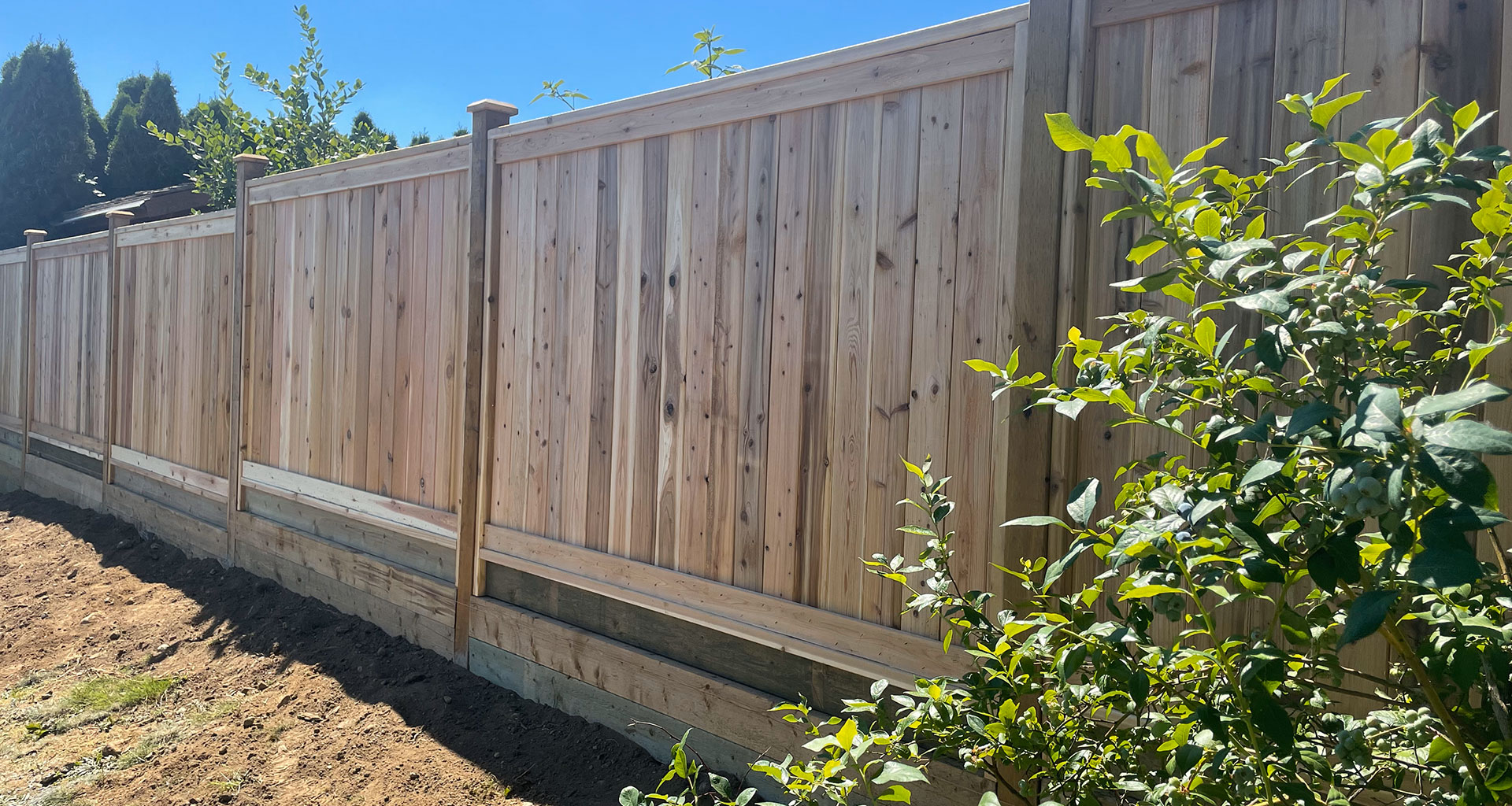Wood Fencing
Wood Fencing

With its natural beauty and countless design options, homeowners have long chosen wood fencing for its natural beauty and design versatility. Compared to steel, concrete, or vinyl, no other material provides the same range of design possibilities. From solid wooden fences for privacy to picket or lattice screens that allow light through, and post & rail fences to define property boundaries, wood fencing can be tailored to suit every need. Often, the only limit is your imagination when designing with wood fencing.
You should pay special attention to the construction of a wooden fence. Size of lumber used, orientation of lumber, fastener choice, and how the posts are installed are just some of the items that should be considered carefully before building. You must carefully consider the size of the lumber, the orientation of the lumber, the fastener choice, and how the posts are installed before building.

What’s the main advantage of choosing a wood/cedar fence?
In a word: Familiarity. We’ve all grown up in a world of wood decks, fences, picnic tables, and furniture, and there’s a comfort level in sticking with what we know.
Do cedar fences rot?
Cedar contains natural oils that make it rot-resistant. In addition, when you seal and treat your fence you do even more to ward off rot. That said, cedar is a biological material. Eventually it’s going to start to decay. Fortunately, Northern White Cedar can take 15 to 30 years to do that, making it an ideal material for fences.













